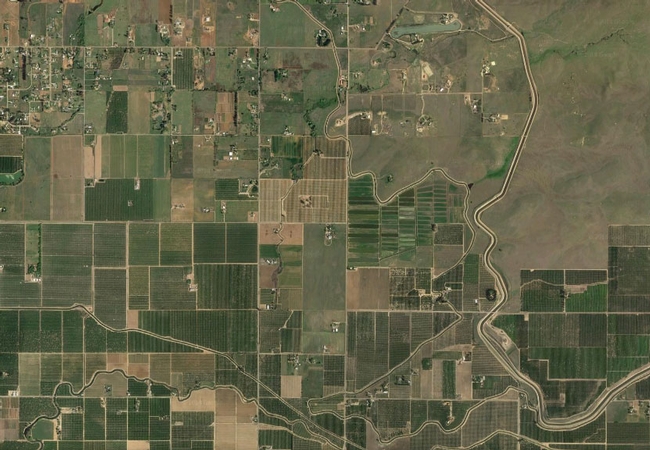The food vs. fuel debate: Growing biofuel in the U.S.
However, estimates suggest that growing crops to produce that much biofuel would require 40 to 50 million acres of land, an area roughly equivalent in size to the entire state of Nebraska.
“If we convert cropland that now produces food into fuel production, what will that do to our food supply?” asks Maggi Kelly, UC Cooperative Extension specialist and the director of the UC Agriculture and Natural Resources Statewide IGIS Program. “If we begin growing fuel crops on land that isn't currently in agriculture, will that come at the expense of wildlife habitat and open space, clean water and scenic views?”
Kelly and UC Berkeley graduate student Sarah Lewis are conducting research to better understand land-use options for growing biofuel feed stock. They used a literature search, in which the results of multiple projects conducted around the world are reviewed, aggregated and compared.
“When food vs. fuel land questions are raised in the literature, authors often suggest fuel crops be planted on ‘marginal land,'” Kelly said. “But what does that actually mean? Delving into the literature, we found there was no standard definition of ‘marginal land.'”
Kelly and Lewis' literature review focused on projects that used geospatial technology to explicitly map marginal, abandoned or degraded lands specifically for the purpose of planting bioenergy crops. They narrowed their search to 21 papers from 2008 to 2013, and among them they found no common working definition of marginal land.
“We have to be careful when we talk about what is marginal. We have to be explicit about our definitions, mapping and modeling,” Kelly said. “In our lab, we are trying to understand the landscape under multiple lenses and prioritize different uses and determine how management regimes impact the land.”
The research report, titled Mapping the Potential for Biofuel Production on Marginal Lands: Differences in Definitions, Data and Models across Scales, was published in the International Journal for Geo-Information.
Click here for this story in Spanish.
An initiative to improve energy security and green technologies is part of UC Agriculture and Naturalist Resources Strategic Vision 2025.



Re-marginal: The planet is mostly water, mountains and land, most of which could not be used for agriculture, in other words, the area or arable land is very small, marginal.
Best,
Veronique
Posted by Veronica B. Frazier on November 23, 2014 at 9:49 AM